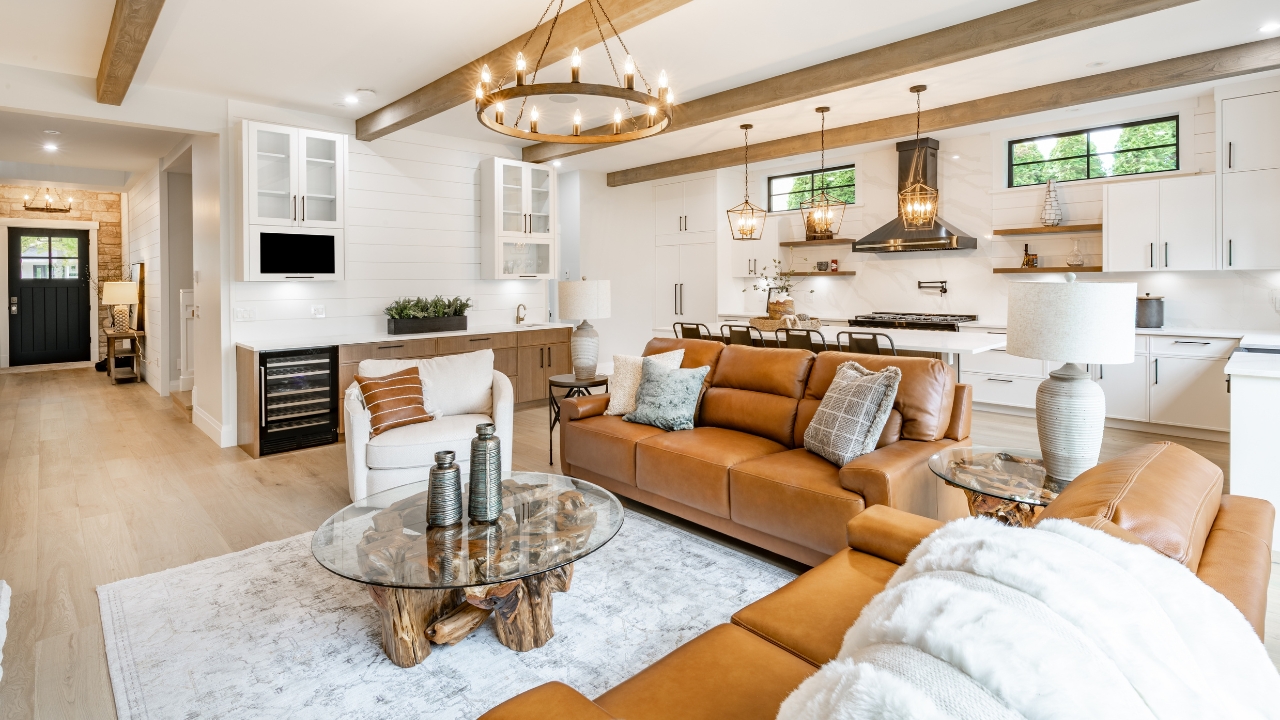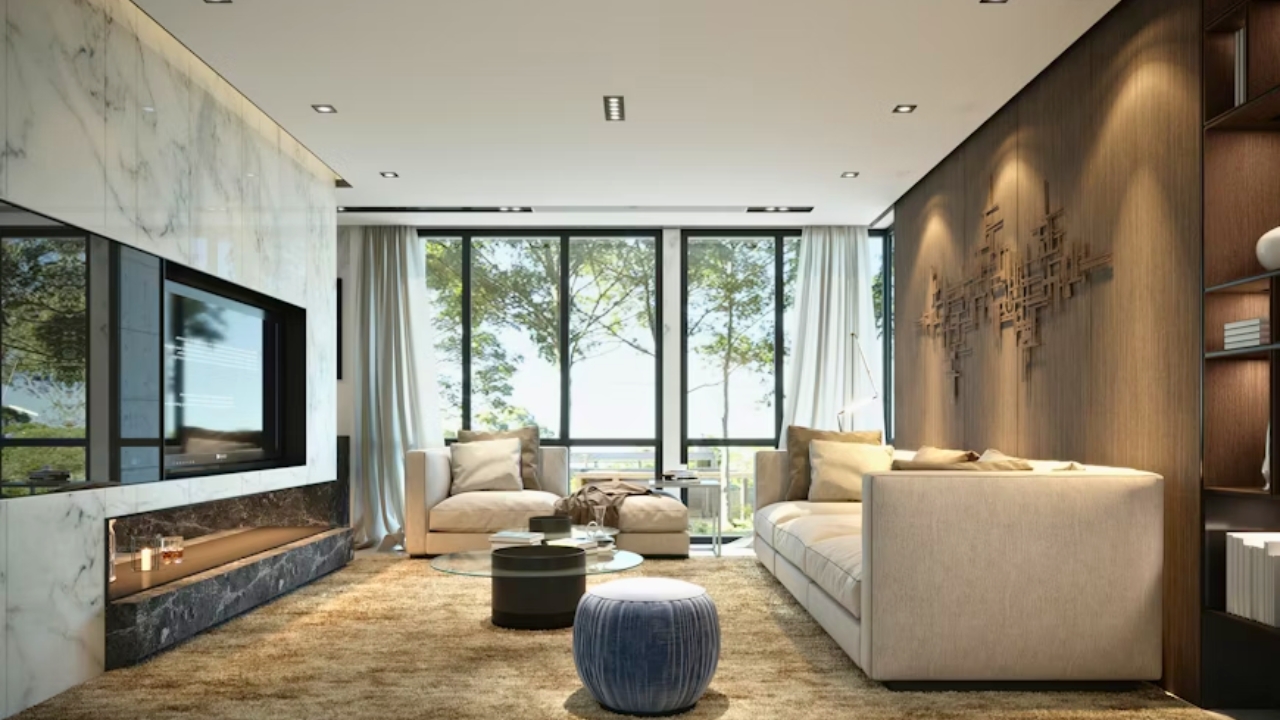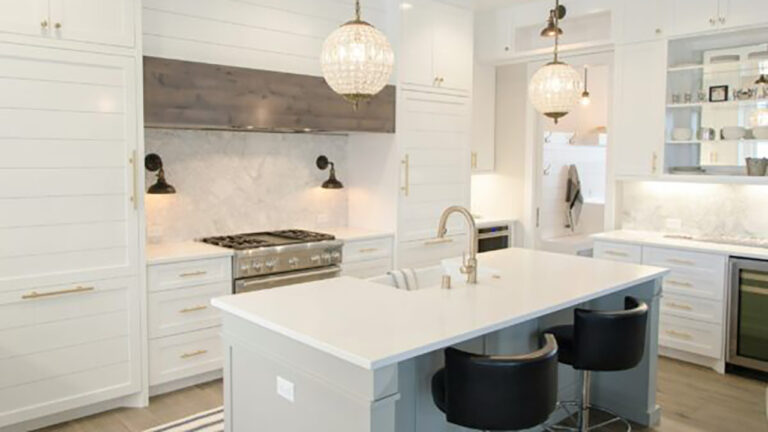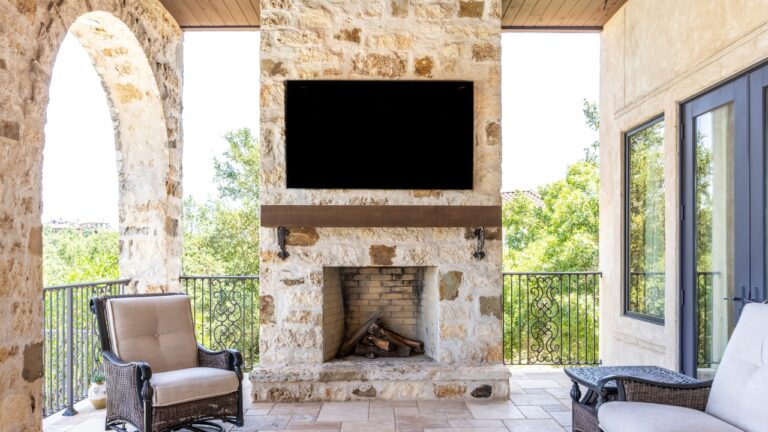Life on a budget? Here’s how homes look when designers are involved
You don’t have to have a designer’s budget to make your home feel professionally styled. The difference between a house that feels thrown together and one that feels polished isn’t money—it’s intention.
Designers know how to make spaces look cohesive, balanced, and comfortable, even when they’re working within tight budgets. They’re not spending more; they’re spending smarter. And once you understand what they do differently, your home can look like it had expert help without ever hiring one.
Every piece has a purpose
Designers don’t fill space—they curate it. Every piece in a well-designed room serves a purpose, even the decorative ones. That means fewer impulse buys and more thought about what fits the space, both functionally and visually. If you’ve ever walked into a home that feels calm and inviting, it’s usually because the owners resisted the urge to overcrowd it.
Instead of buying matching sets or grabbing whatever’s on sale, designers focus on proportion, scale, and flow. They’d rather have three well-placed pieces that work together than a dozen that compete for attention. The result feels effortless, but it’s intentional down to the inch.
Colors don’t compete—they connect
One of the easiest giveaways of designer involvement is how well the color palette flows from room to room. You won’t see every color of the rainbow or clashing undertones. Designers pick a base tone that works with the home’s lighting and repeat it throughout in different shades and textures.
That consistency doesn’t make things boring—it ties everything together. Even on a tight budget, you can create that same harmony by choosing one neutral base and layering in accent colors sparingly. When your walls, furniture, and decor share similar undertones, the space feels pulled together instantly.
Lighting does the heavy lifting
Lighting is one of those invisible details that makes everything else look better. Designers layer it intentionally: overhead lights for brightness, lamps for warmth, and accent lighting for mood. They understand that harsh white light makes a space feel cold, while warm bulbs make it feel welcoming.
You don’t need to rewire your house to copy that approach. A few well-placed lamps, dimmable bulbs, or wall sconces can make your rooms look more expensive overnight. Designers always consider how light hits a room at different times of day—and you can do the same by paying attention to where the shadows fall before you buy new fixtures.
Texture makes up for what money can’t buy

Even with limited funds, designers know how to make a space feel rich: texture. It’s the easiest way to add depth without spending big. A mix of materials—like wood, metal, fabric, and greenery—keeps a room interesting and layered.
Think of it this way: if everything in a room is smooth and flat, it’ll feel sterile. Add in a woven basket, a soft throw, or a natural rug, and suddenly it looks inviting. Designers are pros at mixing textures in a way that feels balanced, not cluttered. You can recreate that by keeping your main pieces neutral and bringing in texture through accents.
The layout feels natural, not forced
Designers plan furniture layouts with real life in mind. They don’t push everything against the walls or block pathways. They make sure there’s a comfortable flow through each room—enough space to walk, sit, and actually use the area without bumping into things.
If your room feels awkward no matter how much you rearrange it, it’s probably because the scale is off. Designers pay attention to proportions: how big your sofa is compared to your rug, or whether your coffee table actually fits the space. You can fix that without buying new furniture by removing extra pieces or repositioning what you already have to create better balance.
Storage never looks accidental
You can always tell when a designer’s been involved because the practical things don’t stand out—they blend in. Storage isn’t an afterthought; it’s built into the design. Baskets, bins, and hidden shelving keep clutter out of sight without making the space feel utilitarian.
Even on a budget, you can do this by thinking about where clutter naturally gathers. Add attractive storage in those exact spots—a lidded basket by the couch for toys or blankets, a small tray on the counter for keys and mail. The goal isn’t perfection, it’s creating systems that look intentional and work for your lifestyle.
Small upgrades, big difference
Designers know where to spend and where to save. They’ll swap out builder-grade hardware, upgrade light switch plates, or replace dated cabinet pulls—small changes that instantly make a space feel custom. None of those things cost much individually, but together, they raise the entire room’s look.
You can do the same by focusing on high-impact upgrades. Change the faucet in your kitchen, hang curtains higher to make ceilings look taller, or upgrade doorknobs to match your home’s style. These tweaks give the impression of a high-end renovation without the price tag.
What designers really add—intentionality

The truth is, designers aren’t magicians. They don’t have a secret store or an unlimited budget. They have vision and patience. They take time to plan, measure, and think through every decision. That’s what makes a home feel finished and cohesive.
You can get the same results by slowing down and thinking like they do. Look at your home as a whole instead of one room at a time. Pay attention to flow, lighting, color, and texture. Make intentional choices—even small ones—and your home will start to reflect that same polished, designer feel.
A home that looks expensive doesn’t come from spending more money. It comes from caring about the details most people overlook. And when you take that same approach, your space won’t just look better—it’ll feel like it finally fits you.
Like Fix It Homestead’s content? Be sure to follow us.
Here’s more from us:
8 upgrades that look like you spent thousands (but didn’t)
9 small changes that instantly make a house feel high-end
*This article was developed with AI-powered tools and has been carefully reviewed by our editors.







